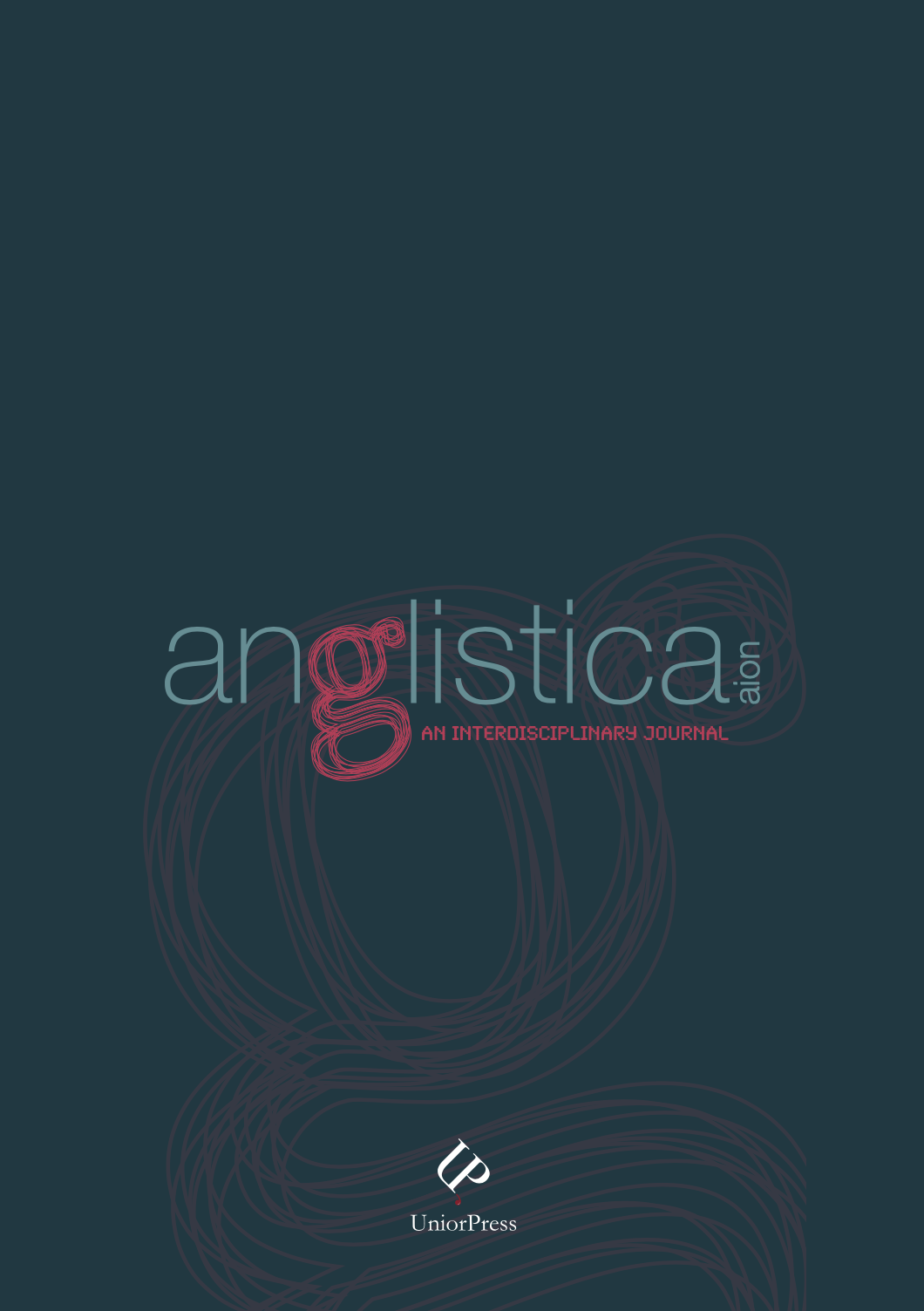Relevance Theory for Fiction
Abstract
Relevance Theory has been dismissed as inapplicable to literary genres first for its failure to come up with interesting and plausible new interpretations and second for its demonstrations’ depending on contexts that are personal and immediate compared to the timeless public stages of the literary utterance. The first complaint is easily addressed: RT is not a hermeneutic tool; the laboriousness and banality of putative interpretations are not evidence in themselves of RT’s incapacity to explain the inferential conditions of literary genres. The second complaint is addressed first by revisiting the typical demonstration of Relevance principles and finding that interlocutors’ implicature-generating indirectness is a communicative efficiency insofar as it enriches shared consciousness. The ostensive-inferential model is then taken towards the literary field by first demonstrating its working in a (simple) expression in visual art.
Beyond these ground-level demonstrations, the chapter recognises problems with RT’s relying on Grice’s ‘intended meaning’ – for intention comes up against the ‘intentional fallacy’ in literary appreciation. Suggesting that a more pragmatic sense of intention could ease some fallacy fears, the chapter brings to the table Taylor’s reminder of Grice’s distinction between natural and non-natural meaning, and, further, proposes that the inferential structure of literary genres produces a depth of field so fertile that it may be a clue to if not strict evidence of Sperber and Wilson’s ‘dedicated module’. The chapter concludes by proposing intertextuality and, in addition, indirectness itself as projects for exploratory applications of RT to literary utterance, and then offers three very brief case studies, from Austen, Zola, and Dreiser.


